With the rapid growth of traffic data, fiber-optic communication as an emerging technology, the rapid pace of development, and the application of a wide range, it has become one of the main pillars of modern communications, in the modern telecommunications network plays a pivotal role. Therefore, fiber optic patch cords have gradually become one of the essential wire and cable products in the communications market. Today, ZMS cable editor will take you to understand what is a fiber optic patch cord.
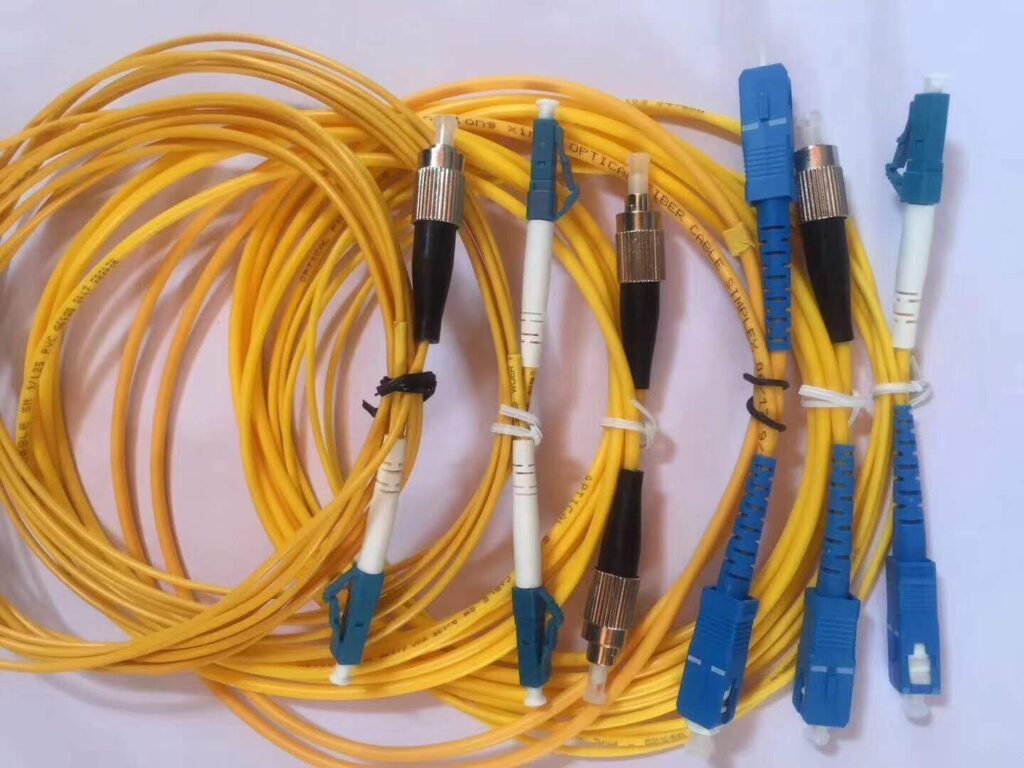
About Fiber Optic Patch Cords
A fiber optic patch cable is an optic cable equipped with connector plugs at both ends, with a thicker protective layer, used to do the jumper from the equipment to the fiber optic cabling link, to achieve the optical path activity link.
It is mainly used in fiber optic communication systems, fiber optic access networks, fiber optic data transmission local area networks, etc. It is suitable for cable TV networks, telecommunication networks, computer fiber optic networks, and optical test equipment.
Structure Of Fiber Optic Patch Cord
The fiber optic patch cord and coaxial cable structure are similar, except that the fiber optic patch cord does not have a mesh shielding layer, the center of the light propagation of the glass core, the diameter of the core have a multi-mode fiber, and single-mode fiber.
The core is surrounded by a layer of refractive index lower than the core of the glass envelope, and then outside is a thin layer of plastic jacket for PVC or Teflon material.
Need to pay special attention to the fact, that the fiber optic patch cord and pigtail are different.
Pigtail only one end is equipped with a connector plug, the other end is a fiber-optic cable core severed, through the fusion splicing and another fiber-optic cable core connected to the fiber-optic termination box, often used to connect the fiber-optic cable and fiber-optic transceiver.
While both ends of the jumper are movable connectors, there are many kinds of interfaces, different interfaces require different couplers, and the jumper can be used as pigtail fiber by splitting it into two.
ZMS produces fiber optic patch cords in line with national testing standards, fiber optic patch cords can be divided into FC, ST, SC, LC, MU, MPO/MTP, E2000, MTRJ, SMA, and so on according to the connection head. The end-face contact methods are PC, UPC, and APC, the connector used to connect the optical module is mainly LC, SC, MPO/MTP three, while the length of the fiber optic patch cord can be customized according to the demand.
Classification Of Fiber Optic Patch Cords
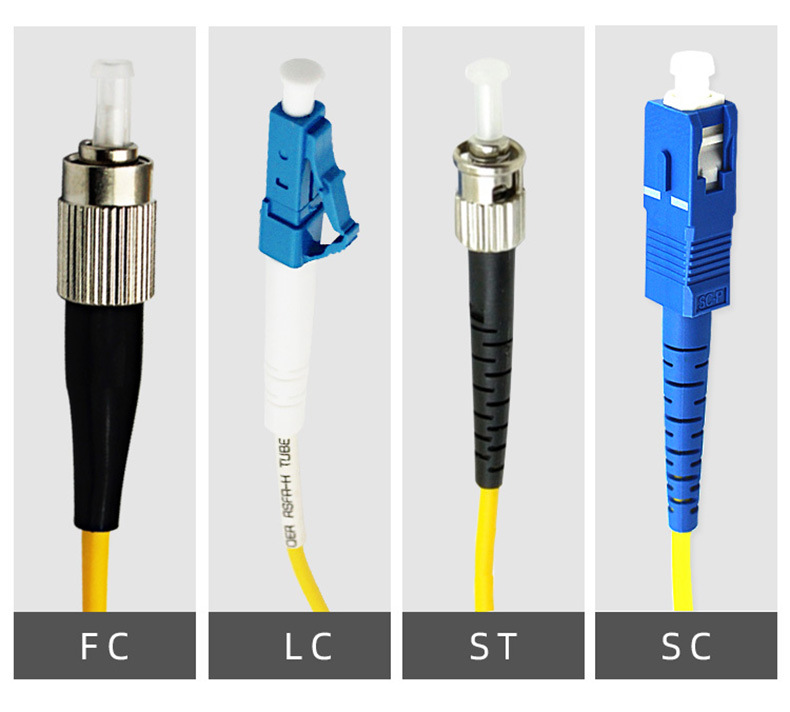
Fiber optic patch cords can be divided into common single-mode and multi-mode patch cords of silicon-based fiber according to the different transmission media, as well as other fiber optic patch cords such as plastic as the transmission media;
The structure of the connector can be divided into FC jumper, SC jumper, ST jumper, LC jumper, MTRJ jumper, MPO jumper, MU jumper, SMA jumper, FDDI jumper, E2000 jumper, DIN4 jumper, D4 jumper, and so on various forms.
The more common fiber optic patch cords can also be divided into FC-FC, FC-SC, FC-LC, FC-ST, SC-SC, SC-ST, and so on.
Single-Mode Fiber
Generally, fiber optic patch cords are indicated in yellow, and the connector and protective sleeve are blue; the transmission distance is longer.
Multi-Mode Fiber
General fiber optic patch cords are expressed in orange, or gray, with beige or black connectors and protective sleeves; the transmission distance is shorter.
Precautions For The Use Of Fiber Optic Patch Cords
The transceiver wavelength of the optical modules at both ends of the fiber optic patch cord must be the same, that is to say, both ends of the optical fiber must be the same wavelength of the optical module, and the simple way to differentiate is that the color of the optical module should be the same.
Do not over-bend and loop the optical fiber in use, which will increase the attenuation of light in the transmission process.
Fiber optic patch cords must be protected with a protective sleeve to protect the fiber optic connector after use, dust and oil will damage the fiber optic coupling.
If the fiber optic connector is dirty, you can use a cotton swab dipped in alcohol to clean it, otherwise it will affect the quality of communication.
1 Before use, the fiber optic patch cord ceramic ferrule and ferrule end face must be wiped clean with alcohol and degreasing cotton.
2 The use of fiber optic minimum bending radius of less than 30mm.
3 To protect the core and insert the end face, to prevent bruising, pollution, and disassembly in time after the dust cap.
4 When the laser signal is transmitted, please do not look directly at the end face of the optical fiber.
5 Man-made and other irresistible factors should be replaced promptly when the damage to the fiber optic patch cord.
6 Fiber optic network or system anomalies, you can use the troubleshooting method to test one by one.
Test or troubleshooting jumper can be done when the first pass-through test, you can usually use a visible laser pointer on the entire fiber optic link light judgment. Or further use of precision fiber optic insertion loss back loss instrument, test its indicators, indicators in the qualified range, the jumper indicates normal, and vice versa is unqualified.
Features Of Fiber Patch Cable
- Low insertion loss
- Good repeatability
- Large return loss
- Good interpolation performance
- Good temperature stability
- Strong tensile performance
Application Of Fiber Optic Patch Cords
Fiber optic patch cords are widely used in communication rooms, fiber to the home, local area networks, fiber optic sensors, fiber optic communication systems, fiber optic connection and transmission equipment, national defense, and war preparation.
It is suitable for cable TV networks, telecommunication networks, computer fiber optic networks, and optical test equipment.
Common Applications Of Fiber Optic Patch Cord Interface
Fiber optic patch cord interface types are common FC, SC, ST, PC, APC, LC, and FC connector fiber optic patch cords are mostly used in distribution frames. In contrast, SC connector fiber optic patch cords are mostly used in router switches.
In addition, there are MTRJ, MPO, MU, SMA, FDDI, E2000, D4, and other forms of fiber optic interface types.
Fiber Optic Patch Cord Interface
Fiber optic patch cord connector is a necessary consideration when users buy fiber optic patch cords, Understanding the meaning of various fiber optic patch cord connectors can help users find the product they want faster.
FC-Type Fiber Optic Patch Cable
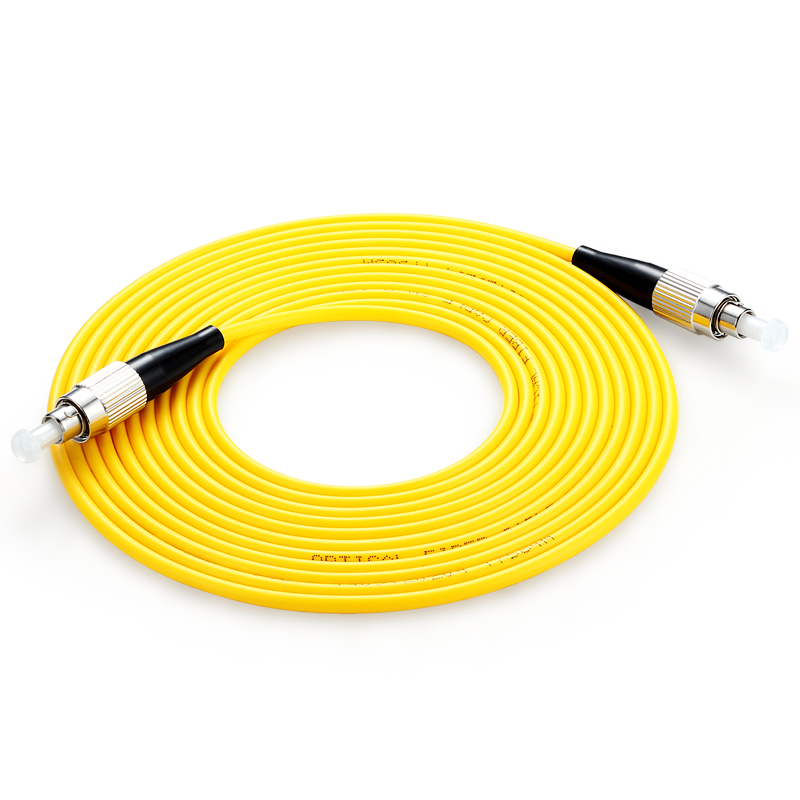
External reinforcement is the use of the metal sleeve, fastening method for screws.
FC connectors are generally used in telecommunications networks, there is a screw cap screwed to the adapter, the advantages are secure and dustproof, the disadvantage is that the installation time is slightly longer.
Generally used on the ODF side, the most used on the distribution frame, but also used for optical terminals.
SC-Type Fiber Optic Patch Cable
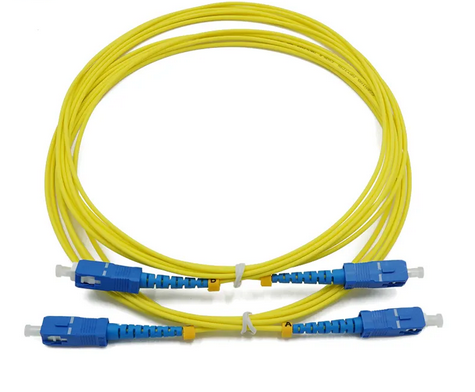
To connect the GBIC optical module, which has a rectangular shell, the fastening method is to use the plug pin latch type, without rotation.
SC connectors are plugged directly, and easy to use, the disadvantage is that it is easy to fall out. Router switches are used most often.
ST-Type Fiber Optic Patch Cord
ST head inserted after rotating half a week there is a bayonet fixed, the disadvantage is easy to break.
Commonly used in fiber optic patch panels, the shell is rounded, and the fastening method is screw buckle.
For the 10Base-F connection, the connector is usually ST type.
LC-Type Fiber Patch Cable
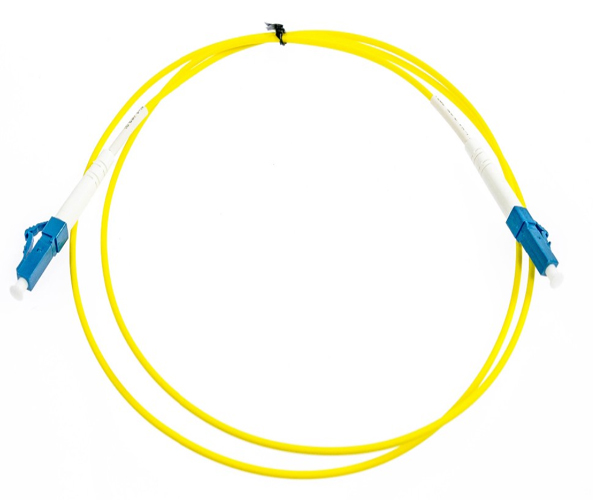
A connector for connecting SFP modules, it is made with a modular jack (RJ) latch mechanism which is easy to operate.
MT-RJ Type Fiber Optic Patch Cord
Transceiver integrated square fiber optic connector, one end of the dual-fiber transceiver integrated.
MTRJ-type fiber optic patch cord consists of two high-precision plastic molded connectors and fiber optic cables.
The outer parts of the connectors are precision plastic parts, including push-pull insertion and removal clamping mechanisms, suitable for indoor applications in telecommunication and data network systems.
Above is the detailed introduction of fiber optic patch cable, if you still have any questions about the cable, welcome to consult ZMS CABLE.